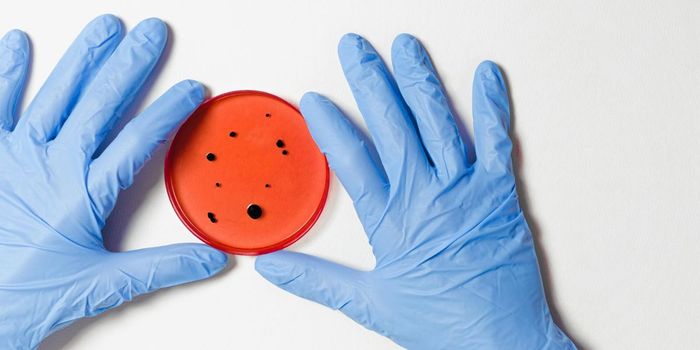Low Exposure to Air Pollution May Cause Irregular Brain Development
A new study shows that even low air pollution levels can influence the development of children’s brains. It was previously believed that these small, inhalable particles only affected brain development and health at high exposure. But this new study found changes in the developing brain can start with air pollution concentration that nearly half of Americans live with daily.
PM2.5 air pollution describes air particles from car exhaust, industry, and other emitters that combine in the air to make new combinations of pollutant particles. The national standard set by the Environmental Protection Agency (EPA) is at or below 12 micrograms per cubic meter. Still, the researchers at the University of Southern California saw irregular brain growth at pollution exposure as low as 7.63μg/m3. This finding could have implications for millions, as the 2019 national average PM2.5 is 7.48μg/m3.
Researchers at USC found that in children living in areas with high exposure to PM2.5 air pollution, they may experience brain growth disproportionate across regions of the brain. Scientists observed irregular growth in all four major lobes of the brain, the subcortical, and the cerebellum. For example, the occipital lobe may be underdeveloped, where the temporal lobe is overgrown. The researchers believe this happens because PM2.5 pollutants can block cellular pathways, disrupting the timeline of development in different brain areas. However, they did not find a connection between exposure and neurocognition challenges.
The study collected 11,000 children’s MRI images and mapped them to the 21 U.S. cities the children come from. Next, pollution exposure was compared to brain shape and physical development of the different regions. The participants’ brain development will continue to be monitored as part of the ABCD study on brain development.
Subsequent research aims to determine any long-term effects of PM2.5 exposure.
Sources: Environmental Protection Agency, Herting et. al., NeuroscienceNews









